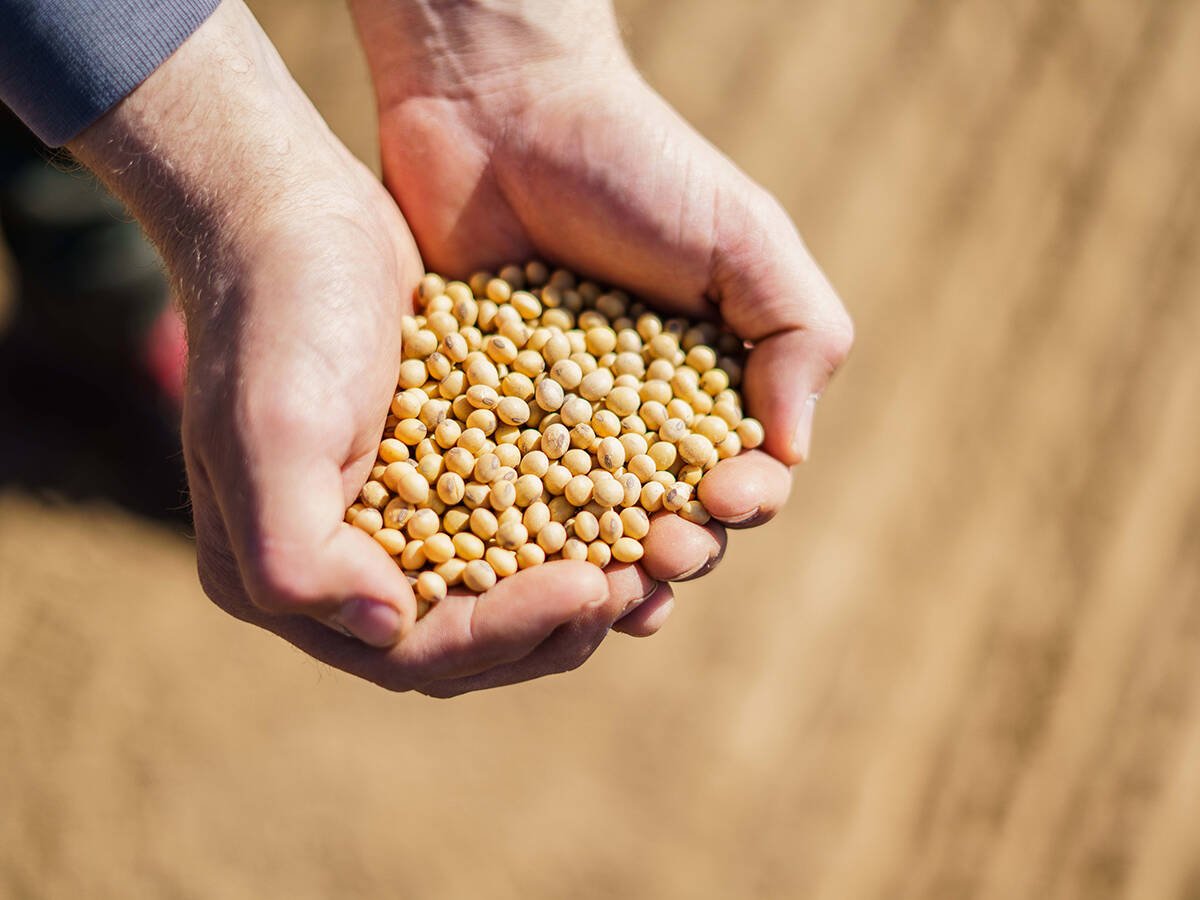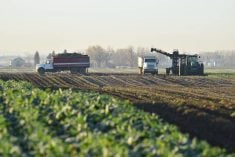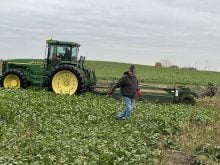When Canadian Pork Council president Jurgen Preugschas appeared before MPs in early November, he heard a familiar complaint about farm leaders’ unwillingness to challenge the government.
“I’m concerned about the farm leadership being so quiet,” said Liberal MP Wayne Easter, a former National Farmers Union president.
“You requested $800 million. You seem to have backed away from that.”
Ottawa has offered much less than $800 million, in the form of producer loans, with the first $300 million to be used to pay off earlier government advance payments.
Read Also

U.S. government investigates high input costs
The USDA and DOJ are investigating high input costs, but nothing is happening in Canada.
Preugschas told Easter that CPC retreated from its earlier aid position because the United States made clear it would challenge an aid package and there was little support from politicians, including Easter’s Liberal party.
“As you’re very well aware, we lobbied government and opposition members on it, but it became clear very quickly that we weren’t getting any support, whether it was from opposition or government,” he told Easter.
Internal Agriculture Canada briefing notes obtained by Ottawa access-to-information researcher Ken Rubin show the impossible challenge Preugschas faced when he was lobbying the federal government for help earlier this year.
In preparations for meetings with industry representatives late last year and into May 2009, senior federal bureaucrats and agriculture minister Gerry Ritz were being told that CPC proposals would bring trade challenges and were unacceptable.
“The economic situation in the livestock sector and the response of our BRM (business risk management) suite continue to be a point of discussion at all our federal-provincial-territorial meetings,” Ritz wrote to Preugschas in the summer.
“Although the suggestions mentioned in your letter have been discussed at these meetings, many jurisdictions are reluctant to consider these changes due to trade, policy and affordability concerns.”
One of the key livestock industry proposals during the past year has been to remove the “viability test” from AgriStability rules, which is the requirement that a producer must have recorded a profit in two of the past three reference years to be eligible for help.
Livestock leaders insist that this rule eliminates those who need help the most – those with multi-year losses.
An internal memorandum this year to senior department officials argued that elimination of the viability test would cause payouts under the program to balloon. The department considered the calculation of the cost and the conclusion, so sensitive that it was blacked out in the version made public, but the departmental argument against the industry proposal was clear.
Departmental internal analysis insisted that hog prices would rise this fall and the industry crisis would ease.
It also emphasized the $1 billion that the programs would make available to the industry would be sufficient, not differentiating between government contributions, advances against future sales and loans that must be paid back.














